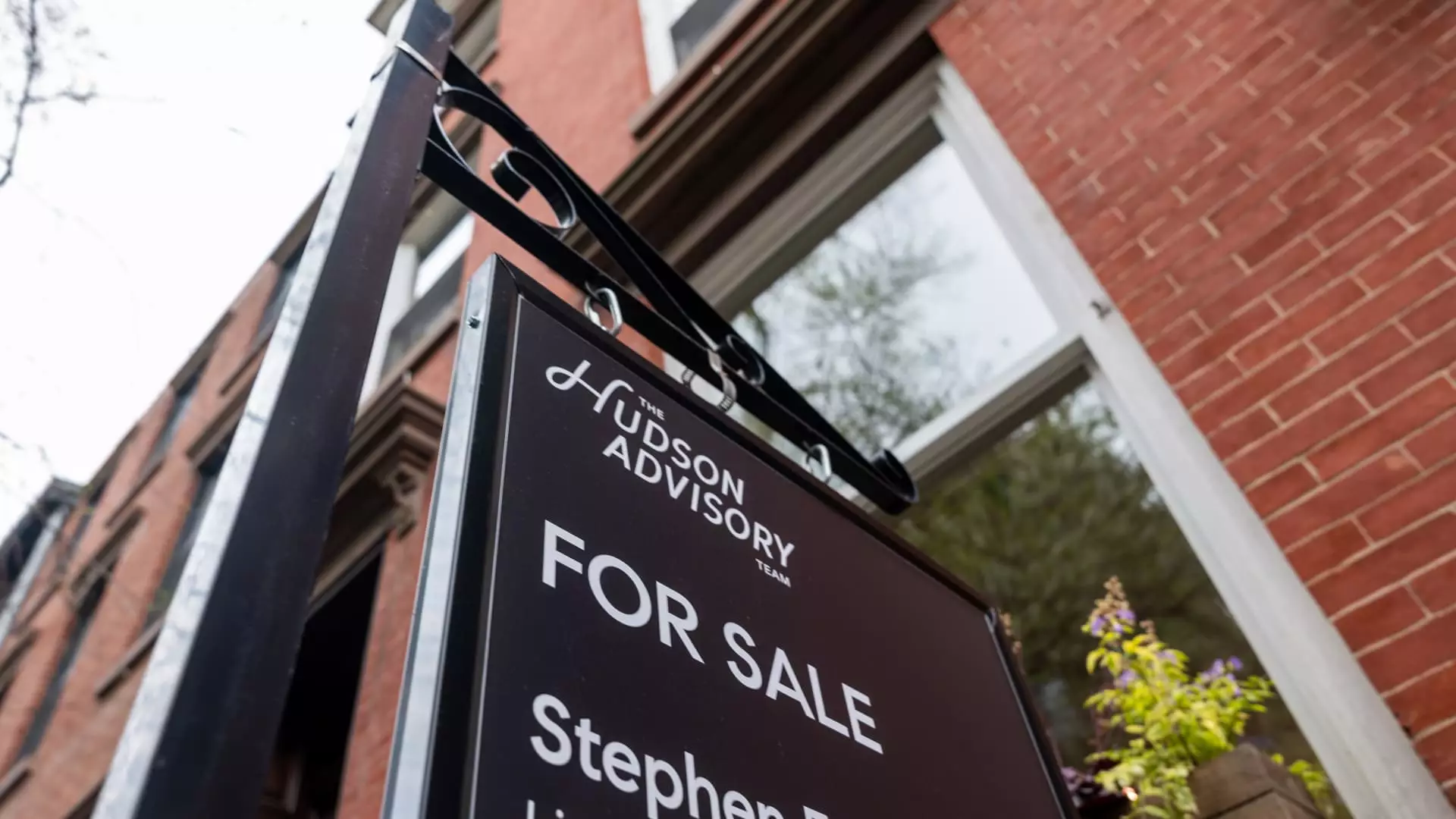The landscape of the housing market is shifting dramatically, with average rates on the 30-year fixed mortgage hitting a staggering 7.1%. This unsettling peak has not been seen since the height of inflation in February, and it’s a clear indication that the economic environment is far from stable. The following sections explore the underlying reasons for this surge, how it affects consumers, and what it all means for our financial future.
Tariffs and Their Ripple Effect
The recent fluctuations in mortgage rates can be traced directly to President Donald Trump’s newly implemented tariffs. Originally, bond yields spiked with the announcement of these tariffs, which created an immediate sense of uncertainty for investors. However, President Trump hastily lowered the tariff rates, causing momentary relief in the markets. What remains alarming is the enduring 145% tariffs on Chinese imports, prolonging an aggressive trade war that stifles growth. This juxtaposition of quick fixes and long-term economic strife embodies the essence of today’s volatile market.
The Bond Market’s Wild Ride
Mortgage rates tend to parallel the yield on the 10-year Treasury, and with this week being described as one of the worst in recent history for bond yields, serious concerns arise. Matthew Graham from Mortgage News Daily articulated that the intense fluctuations in yields are startling, especially for those not accustomed to such economic instability. While seasoned finance professionals may perceive this as either a historical anomaly or a continuation of a concerning trend, the average consumer is left feeling tangled in a web of confusion and fear for their financial future.
A Shocking Consumer Sentiment Report
Further complicating matters, the latest consumer sentiment report unveiled a dismal picture, revealing inflation expectations skyrocketing from 5% in March to an alarming 6.7% in April—the highest since 1981. Such sharp increases in consumer sentiment can deter potential homebuyers, who may feel their purchasing power eroding in real time. With housing being the single largest investment for most consumers, this unsettling data adds layers to the already complicated decision-making process for buyers. High mortgage rates coupled with diminishing confidence lead to a precarious housing market, where buyers and sellers find themselves at a crossroads marked by uncertainty.
The Heart of the Problem
As we dive deeper into the heart of the spring housing market, the stakes could not be higher. The Federal Reserve’s monetary policy and the ongoing climate of geopolitical strain will have lasting consequences on mortgage rates, consumer behavior, and ultimately the overall economy. For many, the desire to own a home is overshadowed by anxiety about rising costs and mounting uncertainty. As individuals grapple with their largest financial commitment amidst overwhelming economic factors, it becomes clear that rising mortgage rates are more than mere numbers; they represent systematically ingrained fears that threaten our financial stability.
The current state of mortgage rates is a bellwether for broader economic challenges. With tariffs, bond yields, and consumer sentiment converging to paint an ominous picture, the repercussions of these developments could resonate through the housing market and the economy for years to come.

